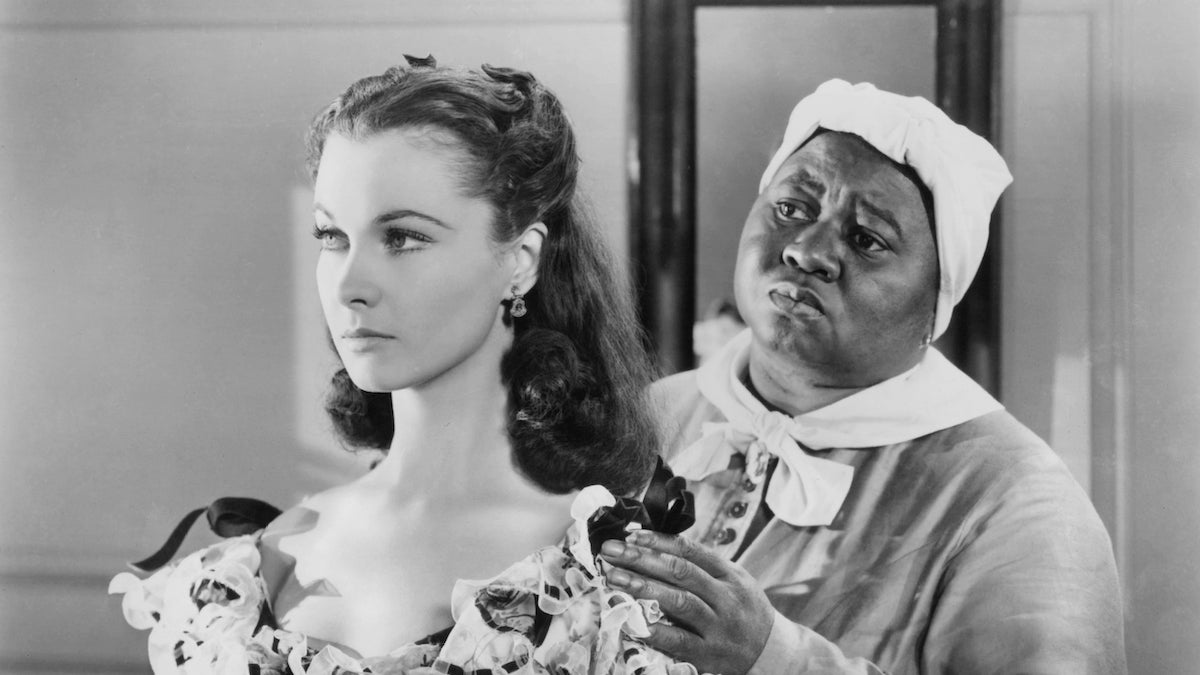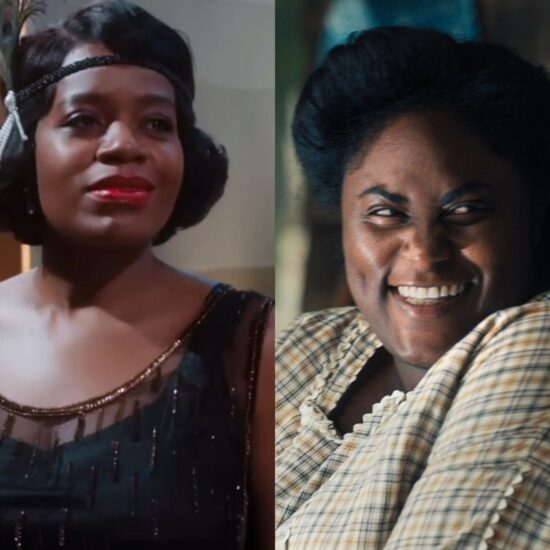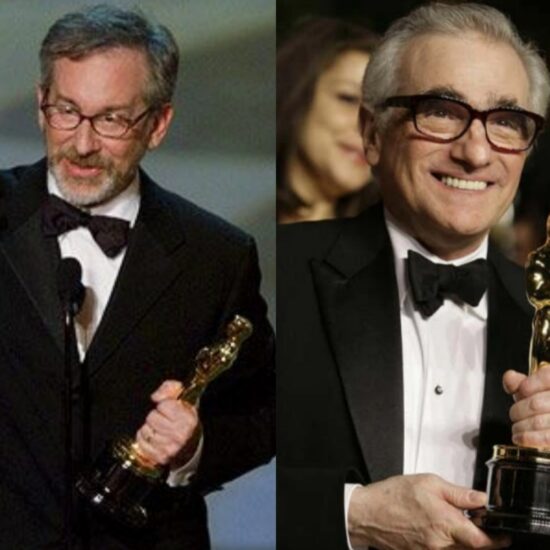
The screenwriters working on “Gone With the Wind” went to “war” over the depiction of slavery – with more disturbing and violent elements eventually being cut from the 1939 blockbuster, according to a historian who discovered the scenes in an extremely rare original shooting script.
David Vincent Kimel, a history PhD student at Yale, wrote in The Ankler on Wednesday that he paid $15,000 for a shooting script that belonged to casting director Fred Schuessler. He says several writers pushed for a more realistic depiction of slavery and race relations during the Civil War and Reconstruction, but the scenes they wrote were ultimately cut.
“Gone With the Wind” has been criticized for decades over its sanitized version of slavery in the Antebellum South. HBO Max added a disclaimer to the film in 2020, saying it ignores “the horrors of slavery, as well as its legacies of racial inequality.”
“Gone With the Wind” was adapted from the 1936 epic novel, set in pre- and post-war Georgia and centering on belle Scarlett O’Hara, that sold nearly 30 million copies. Starring Clark Gable and Vivien Leigh, the film was a colossal hit, becoming the highest-earning film ever – a record it still holds when adjusted for inflation. It also won 10 Academy Awards, including Best Supporting Actress for Hattie McDaniel, the first-ever African American to win an Academy Award, and Best Picture.
Kimel says he acquired the extremely rare shooting script in 2020 and, while going through its 301 pages, discovered several cut scenes. He also found many notes and revisions, including fierce debates between writers about how to approach the slavery scenes.
“Much of the excised material was a harsh portrayal of the mistreatment of the enslaved workers on Scarlett’s plantation, including references to beatings, threats to throw ‘Mammy’ [McDaniel] out of the plantation for not working hard enough, and other depictions of physical and emotional violence,” Kimel wrote.
Kimel says the screenplay was a miracle find, given that “Gone With the Wind” producer David O. Selznick ordered all scripts to be destroyed. He wrote that perhaps a handful – worked on by around a dozen writers, including F. Scott Fitzgerald – are still in existence.
Rival groups of writers soon formed, Kimel writes: “‘Romantics’ and ‘Realists’ who amped up scenes of mistreatment to highlight the brutality of Scarlett’s character and even condemn the institution of slavery itself.” (For his part, Fitzgerald was a “romantic” who wanted to see a montage of slaves singing, “toiling” and “the most beautiful pre-war shots imaginable.”)
The “Realists,” however, were creating material that “was so often so gritty and uncompromising that some of it was cut in drafts even before the creation of the script in my possession,” Kimel wrote. In one such scene, Scarlett hits a house slave with a rod, yelling: “Sit up, you fool, before I wear this out on you!”
Film historians have known for years about Selznick negotiating with Black cast members and advocacy groups like the NAACP over things like the inclusion of racial slurs and the KKK (which didn’t make the cut either). But Kimel’s account is believed to be the first to shed light on the producer’s struggle over whether to include harsh depictions of slavery – and his eventual decision to cut them.















